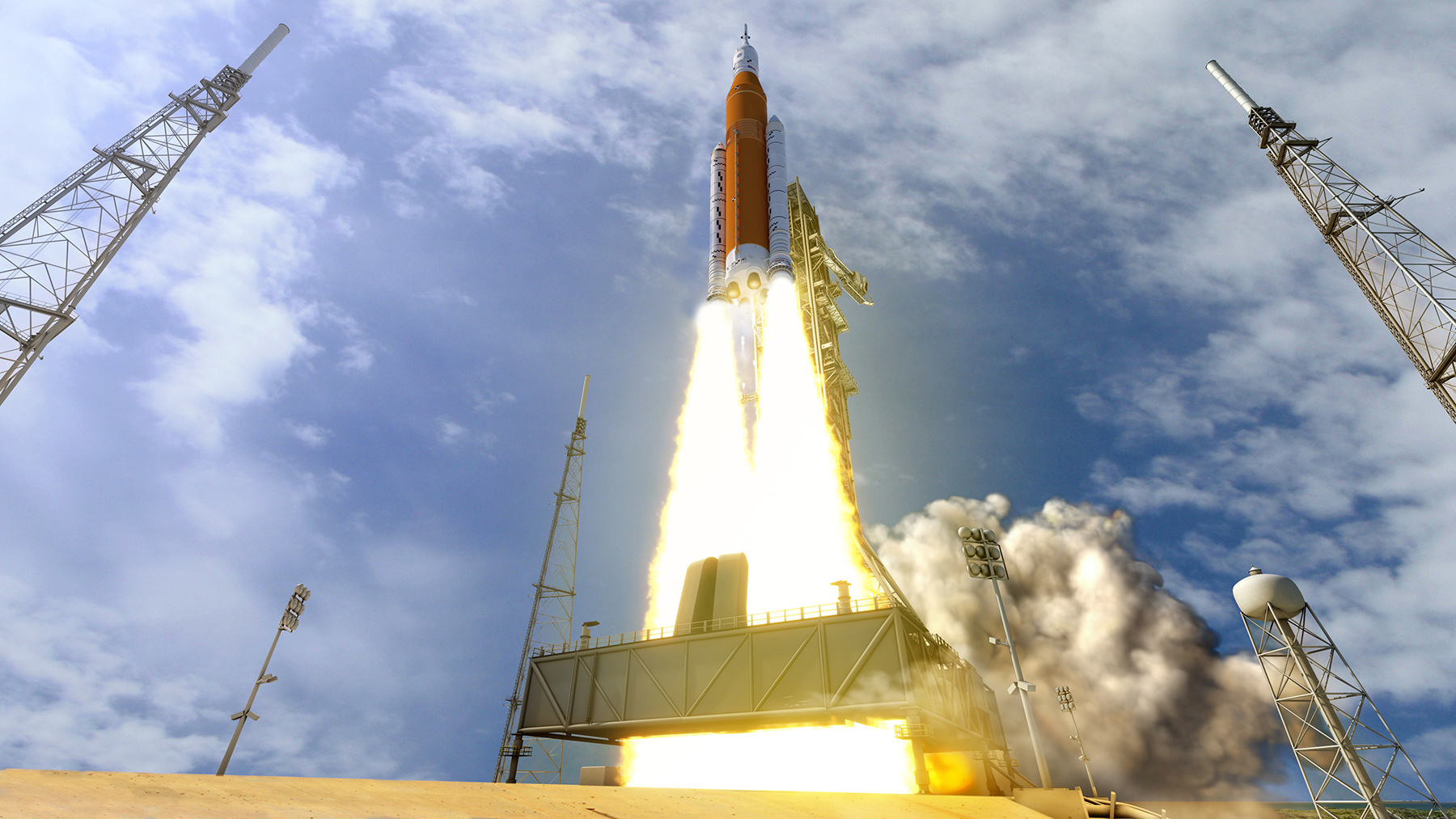Media are invited to see how engineers and scientists are helping make NASA’s deep space human exploration plans a reality at the agency’s Johnson Space Center in Houston on Thursday, April 26.
A briefing with NASA at 10 a.m. EDT (9 a.m. CDT) will provide an update on efforts to build the Orion spacecraft for its upcoming missions near the Moon as the agency moves closer to flight operations for exploration missions. The briefing also will cover work at Johnson to design and build elements for an Orion module’s in-flight, full-stress test of the spacecraft’s launch abort system, and steps being taken to test and develop several technological capabilities to support NASA’s Lunar Orbital Platform-Gateway.
The briefing will air live on NASA Television and the agency’s website.
Participants are:
- Ellen Ochoa, Johnson center director
- Vanessa Wyche, director of Johnson’s Exploration Integration and Science directorate
- Annette Hasbrook, assistant manager for Orion Program integration
- Jenny Devolites, Ascent Abort-2 crew module deputy manager
- Nicole Mann, NASA astronaut
Media interested in attending must contact Rachel Kraft at rachel.h.kraft@nasa.gov no later than noon CDT Wednesday, April 25, and arrive no later than 8:30 a.m. April 26 for badging and entrance. Media unable to attend in person can participate in the briefing by phone by contacting the Johnson newsroom at 281-483-5111 no later than 8:45 a.m.
Following the briefing, attendees will have the opportunity to tour facilities and view projects enabling deep space exploration, including: the Modified Advanced Crew Escape System spacesuits in development for use in Orion; the spacecraft’s displays and control system and parachutes; virtual reality technologies; and a lab developed to help NASA refine its requirements for the gateway.
NASA is leading the next steps of human exploration into deep space where astronauts will build and begin testing the systems near the Moon needed for lunar surface missions and exploration to other destinations, including Mars. The agency’s Orion spacecraft will send humans to the Moon and beyond, beginning with Exploration Mission-1. It will launch on the agency’s Space Launch System rocket and will lift off from NASA’s Kennedy Space Center in Florida.
Prior to the first integrated mission of the spacecraft and rocket, NASA will demonstrate how Orion’s launch abort system can keep the crew safe in an emergency during launch in a test known as Ascent Abort-2. Future exploration missions with crew aboard Orion will dock with the Lunar Orbital Platform-Gateway. NASA and its partners will use the gateway in a variety of deep space exploration and commercial activities in the vicinity of the Moon, including missions to the lunar surface.
Learn more about NASA’s plans to return to the Moon:
For more information about Orion, visit:
-end-
Cheryl Warner
Headquarters, Washington
202-358-1100
Cheryl.m.warner@nasa.gov
Rachel Kraft
Johnson Space Center, Houston
281-483-5111
rachel.h.kraft@nasa.gov




























